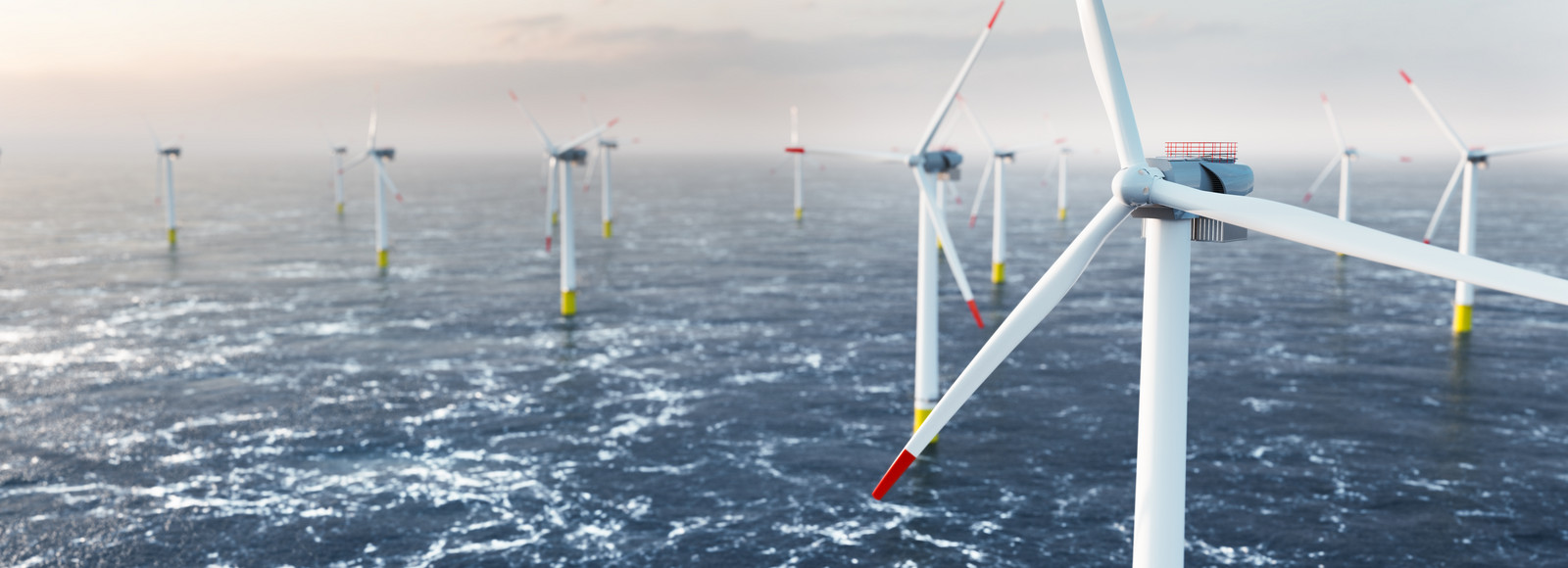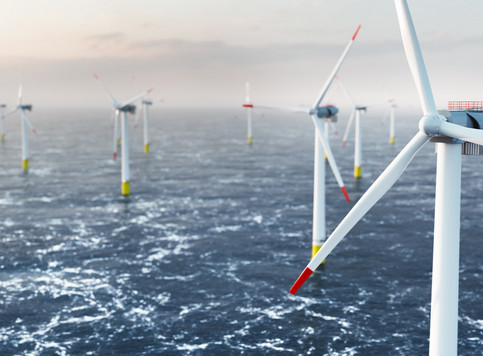The Norwegian Government implements next steps for the new offshore wind industry
On 9 February 2022, the new Norwegian Government announced in a press conference updates on the next steps of development in what will be the start of a new renewable energy industry in Norway, by stating they have initiated instruction actions towards the Norwegian Water Resources and Energy Directorate ("NVE"), including two overall main tasks; (i) to identify new areas for renewable energy production and impact assessment, and (ii) to assess alternative grid solutions and systems for offshore wind consequences for the Norwegian electricity system.
The key takeaways from the press release are:
- The two main areas already opened for establishing and developing offshore wind projects, Utsira Nord ("UN") and Sørlige Nordsjø II ("SNII"), are maintained, but the main change for the area Sørlige Nordsjø II is that it will be divided into 2 phases. The earlier pronounced 3000 MW production limit is thus divided into (i) a first phase of 1500 MW production limit ("Phase I", rendering electricity to approx. 450,000-500,000 households), and (ii) a second phase of an additional 1500 MW production limit ("Phase II")
- For Phase I the Government has concluded, based on an overall political assessment of the recent high electricity prices and ensuring sufficient electricity production of renewable energy in Norway the upcoming decades, that no "hybrid" grid system will be considered. Both for UN and SNII a production radial and grid connection to the Norwegian mainland will be the preferred grid option. Requested hybrid grid connection systems, involving commercial possibilities to exchange electricity to foreign countries via interconnectors, have not been weighed heavy enough compared to national interests of securing delivery of green renewable energy
- The Prime Minister, Jonas Gahr Støre, emphasized that for Phase II it may be considered to assess hybrid grid connections, though based on NVE's further assessment
- The awarding of areas for offshore wind will mainly be based on an auction model, the details and requirements of which are still pending the Government's final approval. Thus, the Government will continue to follow up on the regulatory changes proposed in June 2021 to finalize an auction model suitable for offshore wind development. The proposal included a pre-qualification phase to ensure that participants in the auction process hold the necessary technical and financial capacity. The Government has not determined yet on an auction model for UN, but as signalized earlier qualitative criteria will be the basis for the assessment
- As expected, the Government is working on submitting a proposal to the Norwegian Parliament within H1 (spring) 2022, to adopt necessary and more detailed amendments to the existing offshore energy regulatory framework (the Offshore Energy Act and Offshore Energy Regulation). The proposed amendments must be adopted prior to the commencement of an auction process to ensure an effective and fair process. The amendments are expected to provide necessary clarifications for industry players and stakeholders to have a clear view on planning both internal and external processes going forward more in detail
- The Government has introduced a consultation note related to further division of UN and SNII project areas into smaller areas, being subject to public consultation with a deadline expiring 29 April 2022. For floating offshore wind projects at UN, the suggested alternatives involve two project areas of 500 MW, and two project areas of 250 MW, or two project areas of 600 MW and one project area of 300 MW. For the bottom-fixed projects at SNII, the Government considers three project areas, each of 1500 MW. The Government is currently only planning to open up two of the areas for auction.
- State aid/subsidies is still emphasized of being necessary for development of the complex floating offshore wind projects being constructed at UN due to the major costs to construct a production radial over far-reaching distances. Enova will among others be an important funding source for these projects, and the Government stated to be prepared for providing state subsidies in line with the political importance of a successful offshore wind delivery of firstly Phase I.
- The Government has not provided a specific timeline for when the public auction process/announcement of licensing process for Phase I will commence (and whether this will include both UN and Phase I simultaneously), but in general the Government stated that this will happen within 2022. The exact timing will i.a. depend on the result of both the public consultation of the project areas and adoption of the required changes to the regulatory framework. Even if the exact timing for announcement of the areas has not been decided upon yet, it is important for participants in the licensing auction process to prepare for and take necessary pre-qualification steps, including i.a. seabed surveys, technical/construction and financial preparations, setting up the "readiness" of the entity/JV in accordance with regulatory terms etc.
- NVE has been instructed to assess new, potential and suitable areas for development and construction of offshore wind projects on the Norwegian continental shelf (likely to be in the North-, Mid-West or South of Norway) The task includes developing an impact assessment program and is expected to be finished within 9 to 12 months
- Further, NVE has been instructed to conduct an assessment on the impact that separate alternatives for power connections from offshore wind projects (including hybrid interconnectors to other countries) has on the Norwegian energy/electricity system. The assessment will be instrumental in the chosen solution for Phase II and is expected to be completed during the fall 2022.
It is noticeable that the Government has listened to the industry players and initiated multiple parallel processes with an aim to reduce the overall timeframe for constructing the first operational offshore wind project on the Norwegian continental shelf. Based on this, the next year will greatly define the shapes of the new offshore wind industry in Norway.
DLA Piper Norway will monitor this process closely. Offshore wind in Norway is still in the very early phase, but today's statement from the Government provides clear indications of an exciting future and the position Norway will take as a new world leader within offshore wind development.
Please contact our renewable energy team in DLA Piper Norway if you would like to discuss the offshore wind regulatory framework and current status of the offshore wind industry in Norway.
Relevant links:




